Code
HCS31220
Weight
414 gm / 0.91 lbs
Size
Height
14cm (6") Width
9cm (4") Depth
6cm (2") Material
Copper
Availability
Available

Safe Payment
We accept Paypal, Money Transfer, Bank Transfer
Confidence
Protection covers your purchase and personal data.
Worldwide Delivery
We ship Worldwide, except Russia.Shipping cost US$25.2 for upto 0.5 kgs

Hotline
Talk to help line for your question on 9841267335About Chocolate Oxidized
This [mahakala Four Arms], Buddhist Statue, [antique], [chocolate Oxidized] has been meticulously treated with a chocolate color antique patina. The intention behind this patina is to replicate the appearance of a copper statue that has gracefully aged over a century. Unlike a simple coat of paint, this patina is not applied superficially and is designed to endure. It undergoes an artificial oxidation process that adds depth and character, while also serving as a protective layer against natural oxidation.
By imitating the natural aging process, the chocolate color antique patina lends an air of authenticity and vintage charm to the [mahakala Four Arms], Buddhist Statue, [antique], [chocolate Oxidized]. This carefully crafted finish ensures that the patina remains intact for an extended period, offering longevity and resistance to wear. The result is a unique piece that captures the essence of a time-worn copper statue, evoking a sense of history and artistic heritage.
This [mahakala Four Arms], Buddhist Statue, [antique], [chocolate Oxidized] has been meticulously treated with a chocolate color antique patina. The intention behind this patina is to replicate the appearance of a copper statue that has gracefully aged over a century. Unlike a simple coat of paint, this patina is not applied superficially and is designed to endure. It undergoes an artificial oxidation process that adds depth and character, while also serving as a protective layer against natural oxidation.
By imitating the natural aging process, the chocolate color antique patina lends an air of authenticity and vintage charm to the [mahakala Four Arms], Buddhist Statue, [antique], [chocolate Oxidized]. This carefully crafted finish ensures that the patina remains intact for an extended period, offering longevity and resistance to wear. The result is a unique piece that captures the essence of a time-worn copper statue, evoking a sense of history and artistic heritage.
Antique Finishing
This is an antique patina-finished [mahakala Four Arms], Buddhist Statue, [antique], [chocolate Oxidized]. This is not an antique statue. It is just an antique patina finish. This [mahakala Four Arms], Buddhist Statue, [antique], [chocolate Oxidized] is a testament to the artisan's mastery of the art of aging. Its antique patina has been meticulously crafted to give the appearance of an aged statue, showcasing the artist's unique techniques and skills. Through undisclosed processes and careful aging treatments, the [mahakala Four Arms], Buddhist Statue, [antique], [chocolate Oxidized] undergoes a transformation that captures the essence of time and history. Read More . . .
This is an antique patina-finished [mahakala Four Arms], Buddhist Statue, [antique], [chocolate Oxidized]. This is not an antique statue. It is just an antique patina finish. This [mahakala Four Arms], Buddhist Statue, [antique], [chocolate Oxidized] is a testament to the artisan's mastery of the art of aging. Its antique patina has been meticulously crafted to give the appearance of an aged statue, showcasing the artist's unique techniques and skills. Through undisclosed processes and careful aging treatments, the [mahakala Four Arms], Buddhist Statue, [antique], [chocolate Oxidized] undergoes a transformation that captures the essence of time and history. Read More . . .
Ceramic Molding System
The [mahakala Four Arms], Buddhist Statue, [antique], [chocolate Oxidized] has been crafted using the Ceramic mold casting process, a modern approach that provides an alternative to traditional methods such as the lost-wax system or rubber molding. Also referred to as ceramic molding, this technique involves the creation of a ceramic mold to cast the statue. The process begins by making a precise and detailed wax model of the desired sculpture. The wax model is then coated with layers of ceramic material, creating a sturdy mold. Once the mold is complete, it is fired in a kiln, causing the wax to melt and escape, leaving behind a cavity that perfectly replicates the original sculpture. Molten metal is then poured into the mold, allowing it to fill the cavity and take on the desired form. Once cooled and solidified, the ceramic mold is carefully broken away, revealing the final metal statue. Read More . . .
The [mahakala Four Arms], Buddhist Statue, [antique], [chocolate Oxidized] has been crafted using the Ceramic mold casting process, a modern approach that provides an alternative to traditional methods such as the lost-wax system or rubber molding. Also referred to as ceramic molding, this technique involves the creation of a ceramic mold to cast the statue. The process begins by making a precise and detailed wax model of the desired sculpture. The wax model is then coated with layers of ceramic material, creating a sturdy mold. Once the mold is complete, it is fired in a kiln, causing the wax to melt and escape, leaving behind a cavity that perfectly replicates the original sculpture. Molten metal is then poured into the mold, allowing it to fill the cavity and take on the desired form. Once cooled and solidified, the ceramic mold is carefully broken away, revealing the final metal statue. Read More . . .
The Four-Armed Mahakala :
Chaturbhuja Mahakala, meaning "four-armed Mahakala," is a revered deity in Tibetan Buddhism. This form of Mahakala is associated with power, protection, and the ability to overcome obstacles. With a fierce expression and a dark complexion, Chaturbhuja Mahakala is depicted with four arms, each holding significant symbolic objects. Devotees turn to this deity for guidance and assistance on their spiritual journey.
Iconography:
Chaturbhuja Mahakala is depicted with a wrathful appearance. His four arms hold various symbolic attributes, including a sword in the top right hand, representing the cutting of ignorance and obstacles. The other hands may hold a trident (trishula), a skull cup (kapala), and a lasso (pasha). He typically stands atop a corpse, symbolizing the transcendence of death and impermanence.
History:
The origins of Chaturbhuja Mahakala can be traced back to ancient Indian Buddhism, where the concept of Mahakala as a wrathful deity emerged. This form gained prominence in Tibetan Buddhism and is highly revered in the Kagyu and Gelug lineages. Chaturbhuja Mahakala is seen as a guardian and protector of the teachings and practitioners.
Temples and Monasteries:
While specific temples or monasteries dedicated solely to Chaturbhuja Mahakala may not be widely known, various Buddhist monasteries and temples in Nepal, such as Boudhanath Stupa, Swayambhunath Stupa, Kopan Monastery, and Shechen Monastery, incorporate worship and reverence for Mahakala within their sacred spaces.
Benefits of practicing Chaturbhuja Mahakala:
Devotees believe that practicing Chaturbhuja Mahakala can bring protection from negative influences, removal of obstacles, and the development of inner strength and fearlessness. By connecting with this deity, practitioners seek spiritual growth, transformation, and the attainment of enlightenment.
How to practice:
Practices associated with Chaturbhuja Mahakala involve mantra recitation, visualization, meditation, and ritual offerings. Engaging in ethical conduct, cultivating compassion, and dedicating one's actions for the benefit of all beings are also important aspects of the practice.
Mantras of Chaturbhuja Mahakala:
The primary mantra associated with Chaturbhuja Mahakala is "OM BENZA MAHAKALA HUNG PHAT." Chanting this mantra with devotion and focus is believed to invoke the blessings and protective power of Chaturbhuja Mahakala. Various lineages and practices may also have their own unique mantras associated with this deity.
Chaturbhuja Mahakala is depicted with a wrathful appearance. His four arms hold various symbolic attributes, including a sword in the top right hand, representing the cutting of ignorance and obstacles. The other hands may hold a trident (trishula), a skull cup (kapala), and a lasso (pasha). He typically stands atop a corpse, symbolizing the transcendence of death and impermanence.
History:
The origins of Chaturbhuja Mahakala can be traced back to ancient Indian Buddhism, where the concept of Mahakala as a wrathful deity emerged. This form gained prominence in Tibetan Buddhism and is highly revered in the Kagyu and Gelug lineages. Chaturbhuja Mahakala is seen as a guardian and protector of the teachings and practitioners.
Temples and Monasteries:
While specific temples or monasteries dedicated solely to Chaturbhuja Mahakala may not be widely known, various Buddhist monasteries and temples in Nepal, such as Boudhanath Stupa, Swayambhunath Stupa, Kopan Monastery, and Shechen Monastery, incorporate worship and reverence for Mahakala within their sacred spaces.
Benefits of practicing Chaturbhuja Mahakala:
Devotees believe that practicing Chaturbhuja Mahakala can bring protection from negative influences, removal of obstacles, and the development of inner strength and fearlessness. By connecting with this deity, practitioners seek spiritual growth, transformation, and the attainment of enlightenment.
How to practice:
Practices associated with Chaturbhuja Mahakala involve mantra recitation, visualization, meditation, and ritual offerings. Engaging in ethical conduct, cultivating compassion, and dedicating one's actions for the benefit of all beings are also important aspects of the practice.
Mantras of Chaturbhuja Mahakala:
The primary mantra associated with Chaturbhuja Mahakala is "OM BENZA MAHAKALA HUNG PHAT." Chanting this mantra with devotion and focus is believed to invoke the blessings and protective power of Chaturbhuja Mahakala. Various lineages and practices may also have their own unique mantras associated with this deity.


![[mahakala Four Arms], Buddhist Statue, [antique], [chocolate Oxidized]](https://handicraftseller.com/uploads/pics/product/thumb/2023/11/31220.jpg)
![[mahakala Four Arms], Buddhist Statue, [antique], [chocolate Oxidized]](https://handicraftseller.com/uploads/pics/product/thumb/2023/11/31220_0.jpg)
![[mahakala Four Arms], Buddhist Statue, [antique], [chocolate Oxidized]](https://handicraftseller.com/uploads/pics/product/thumb/2023/11/31220_1.jpg)
![[mahakala Four Arms], Buddhist Statue, [antique], [chocolate Oxidized]](https://handicraftseller.com/uploads/pics/product/thumb/2023/11/31220_2.jpg)
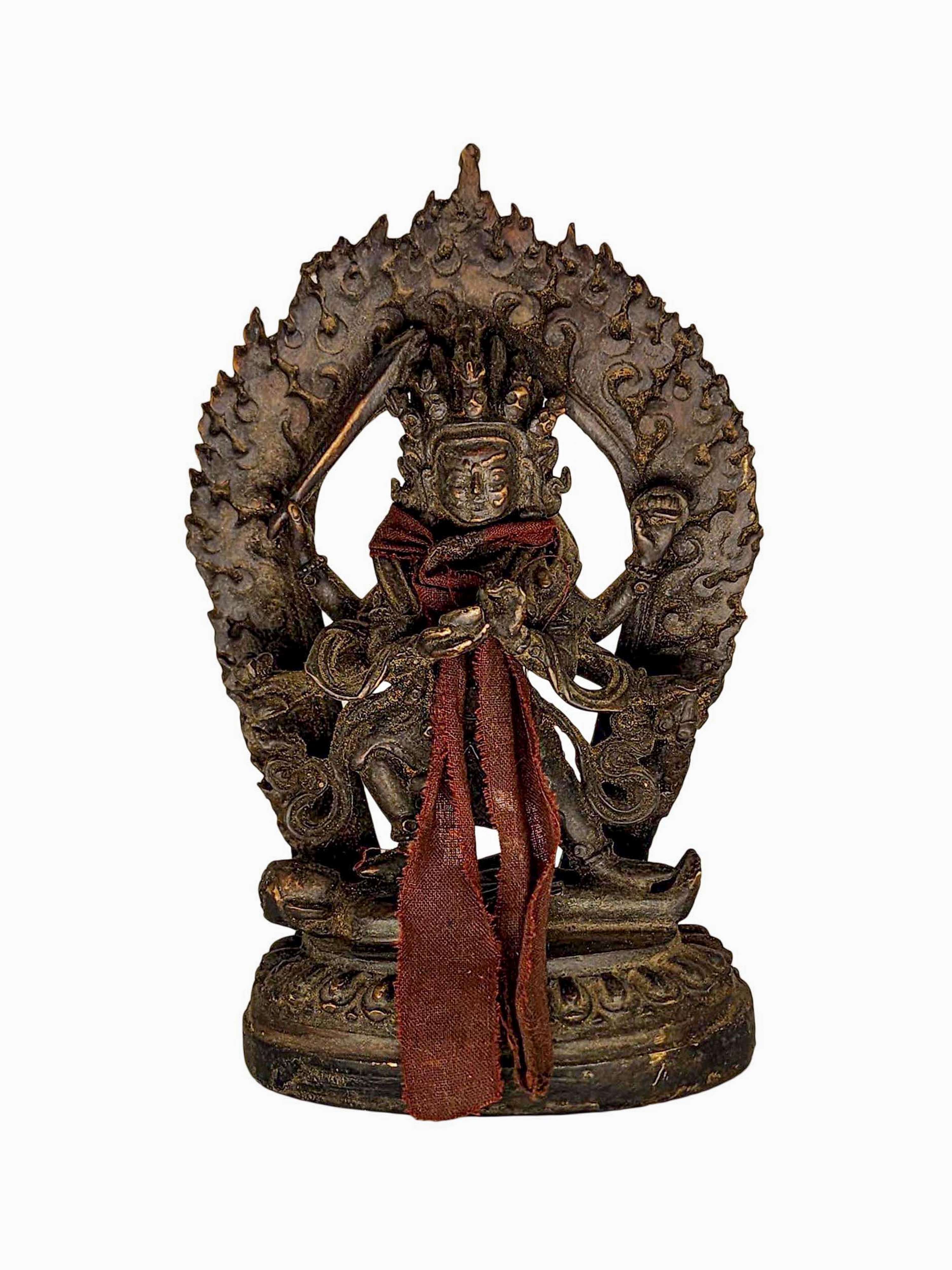
 of Manjushri,
of Manjushri, 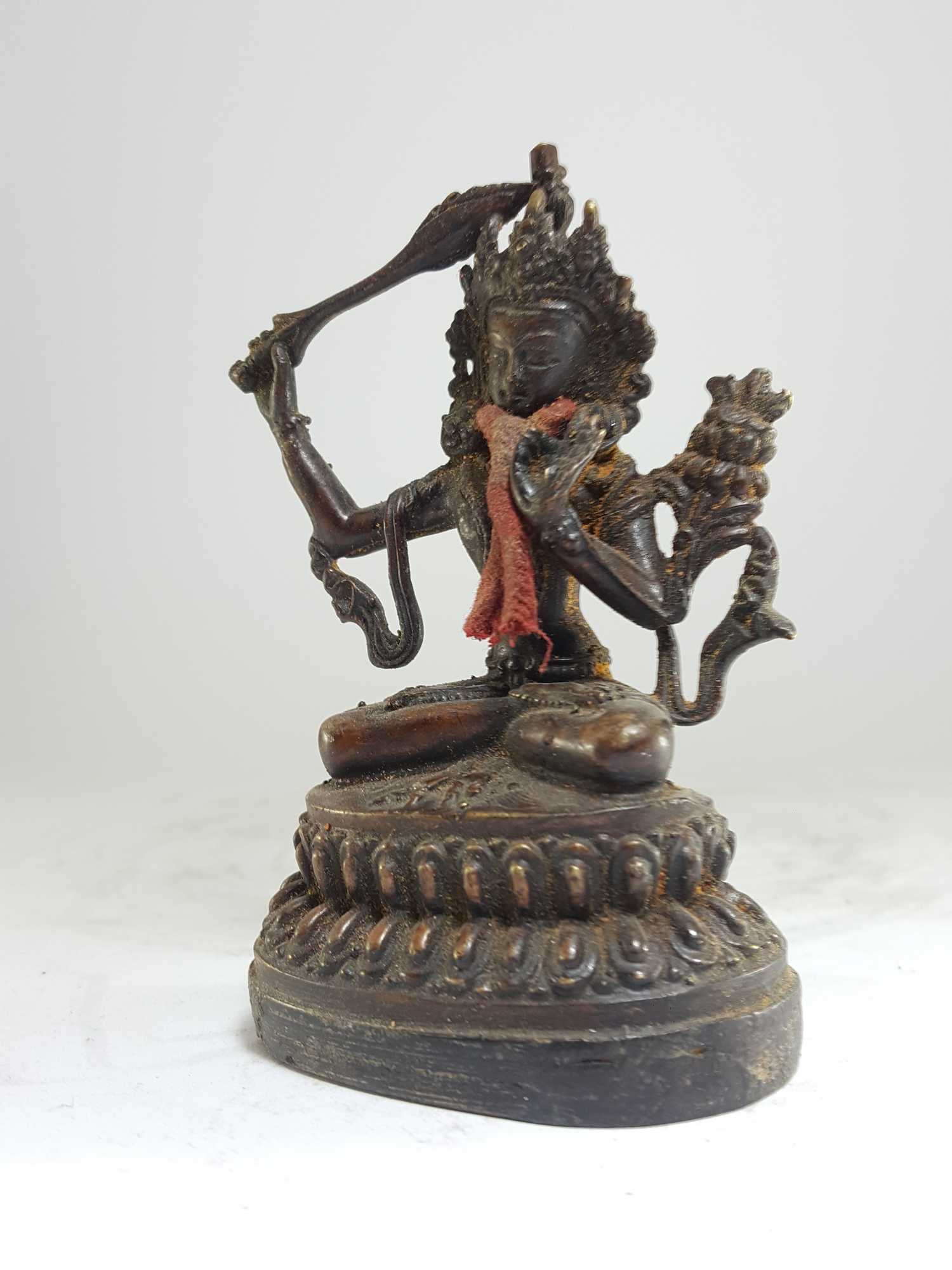 of Manjushri,
of Manjushri,  of
of  of
of 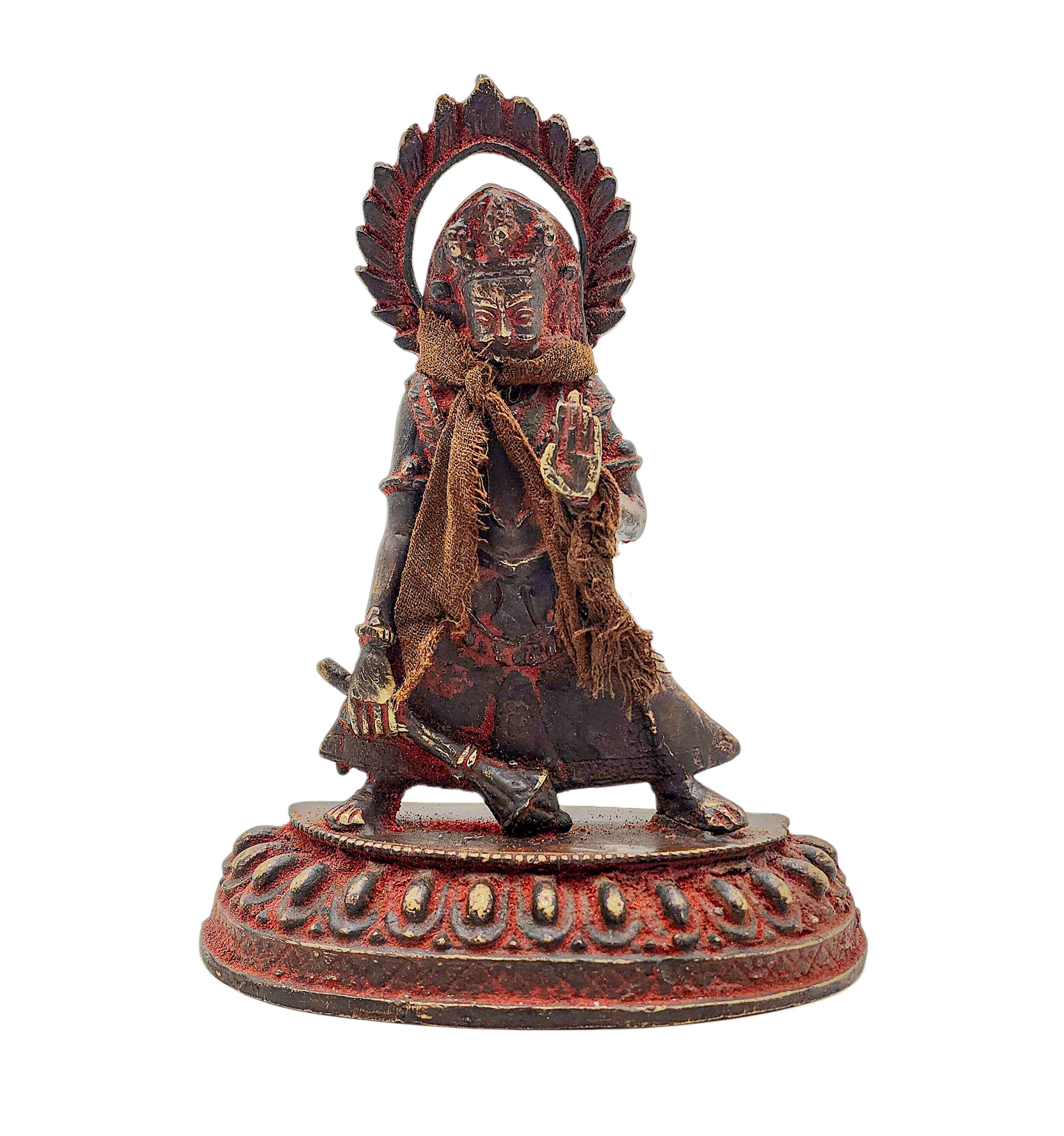 Bhimsen, Buddhist Miniature Statue,
Bhimsen, Buddhist Miniature Statue, 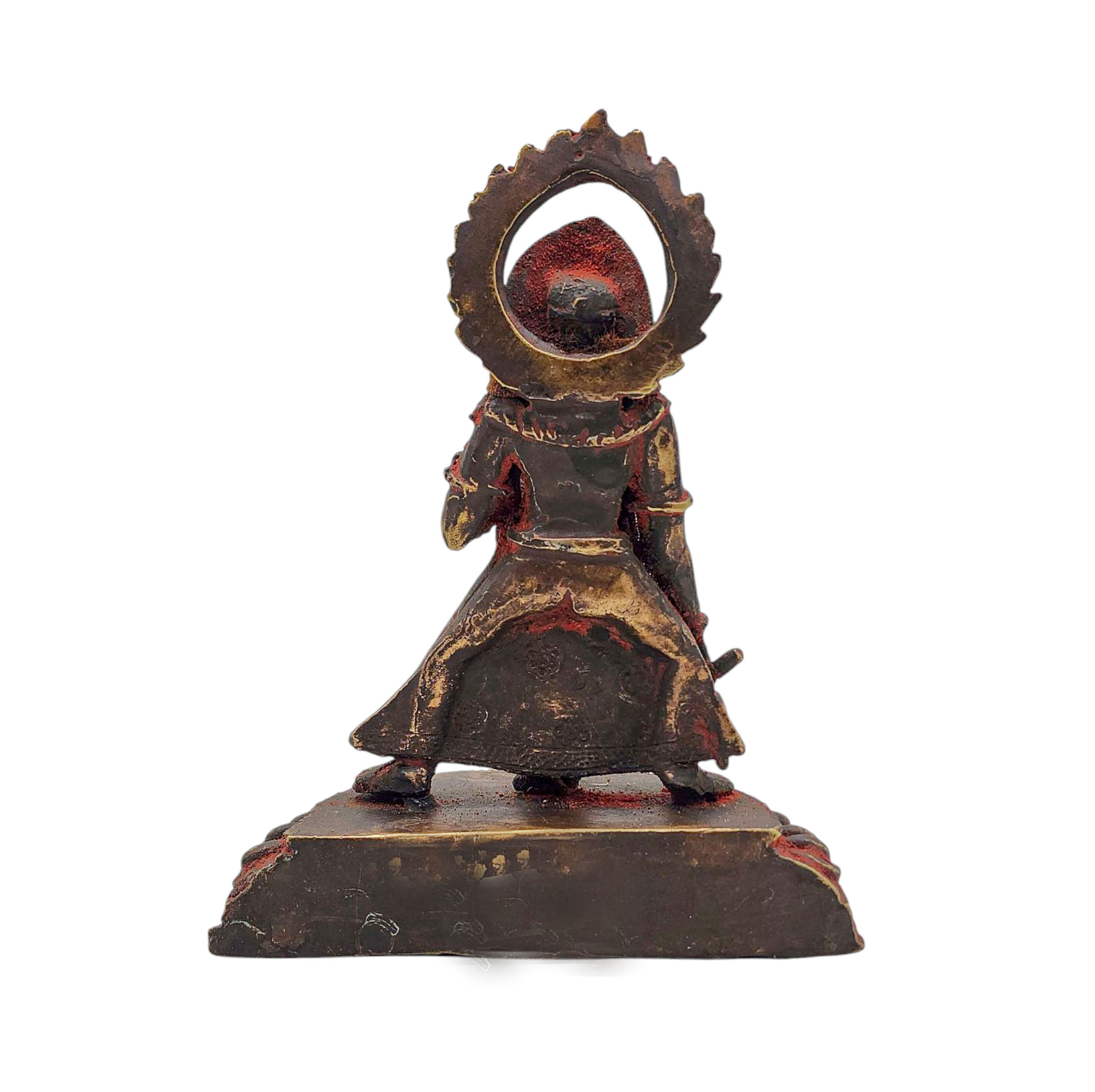 Bhimsen, Buddhist Miniature Statue,
Bhimsen, Buddhist Miniature Statue, 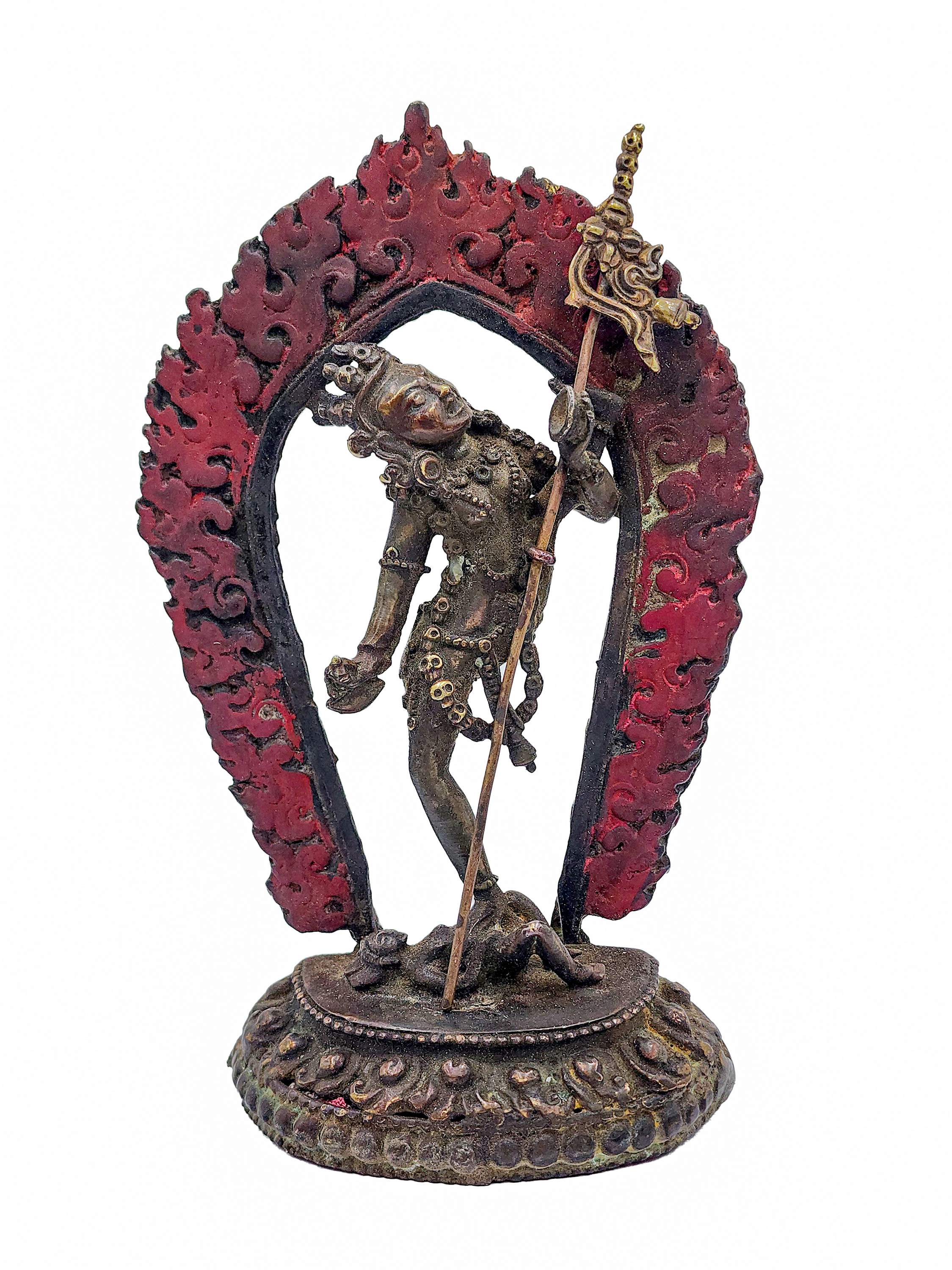 of Akash Yogini,
of Akash Yogini, 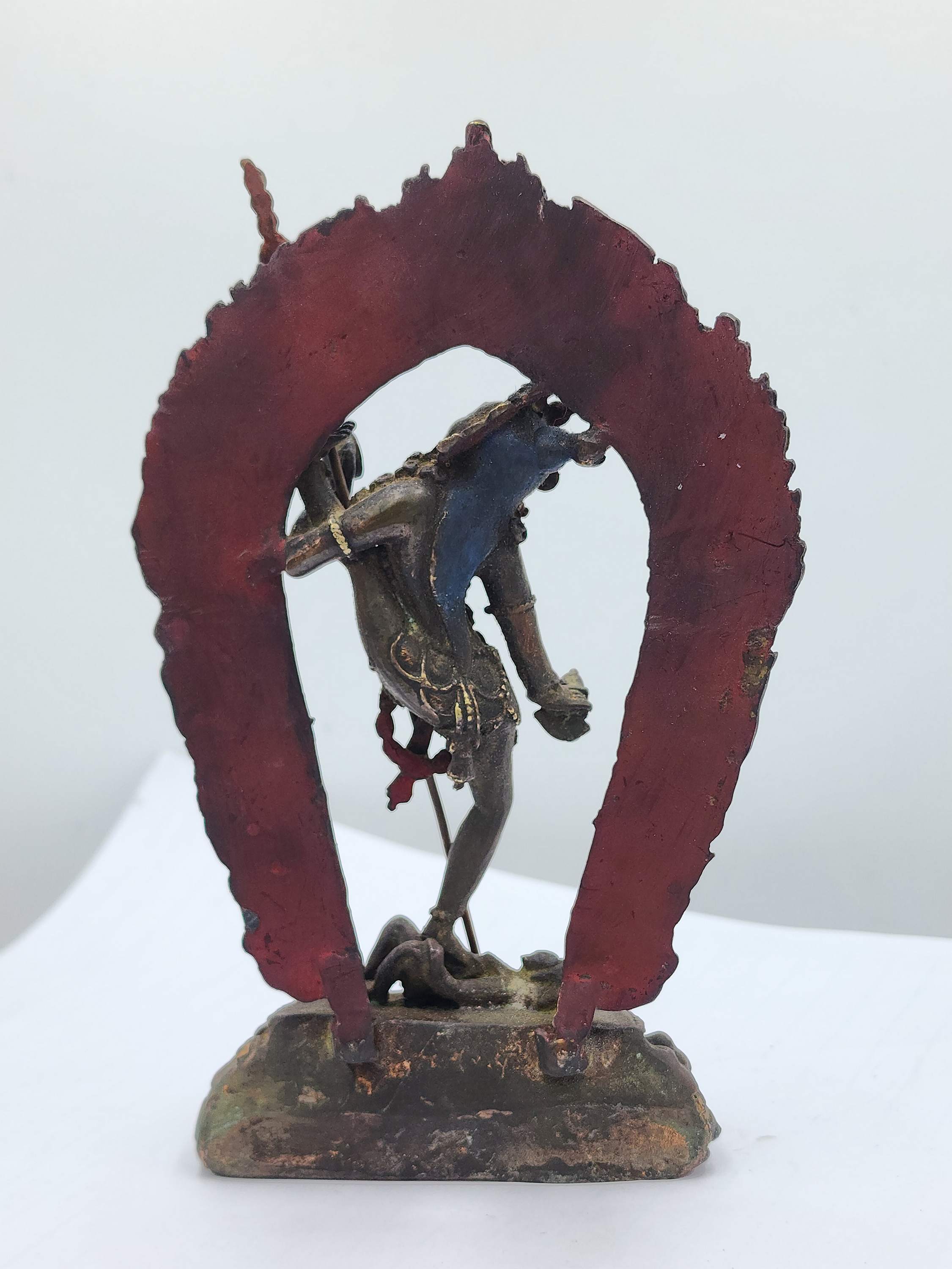 of Akash Yogini,
of Akash Yogini, 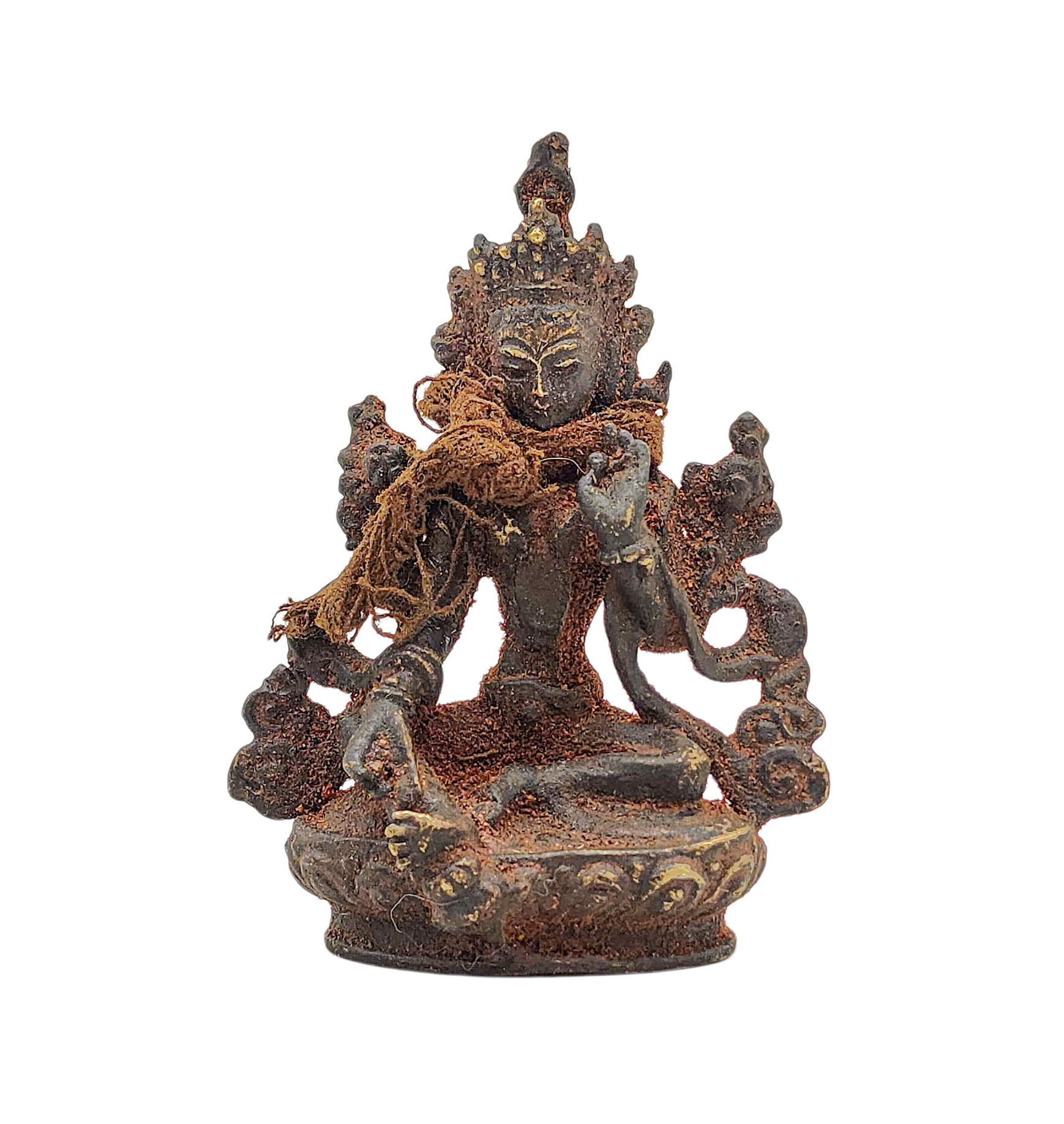 Green Tara, Buddhist Miniature Statue,
Green Tara, Buddhist Miniature Statue, 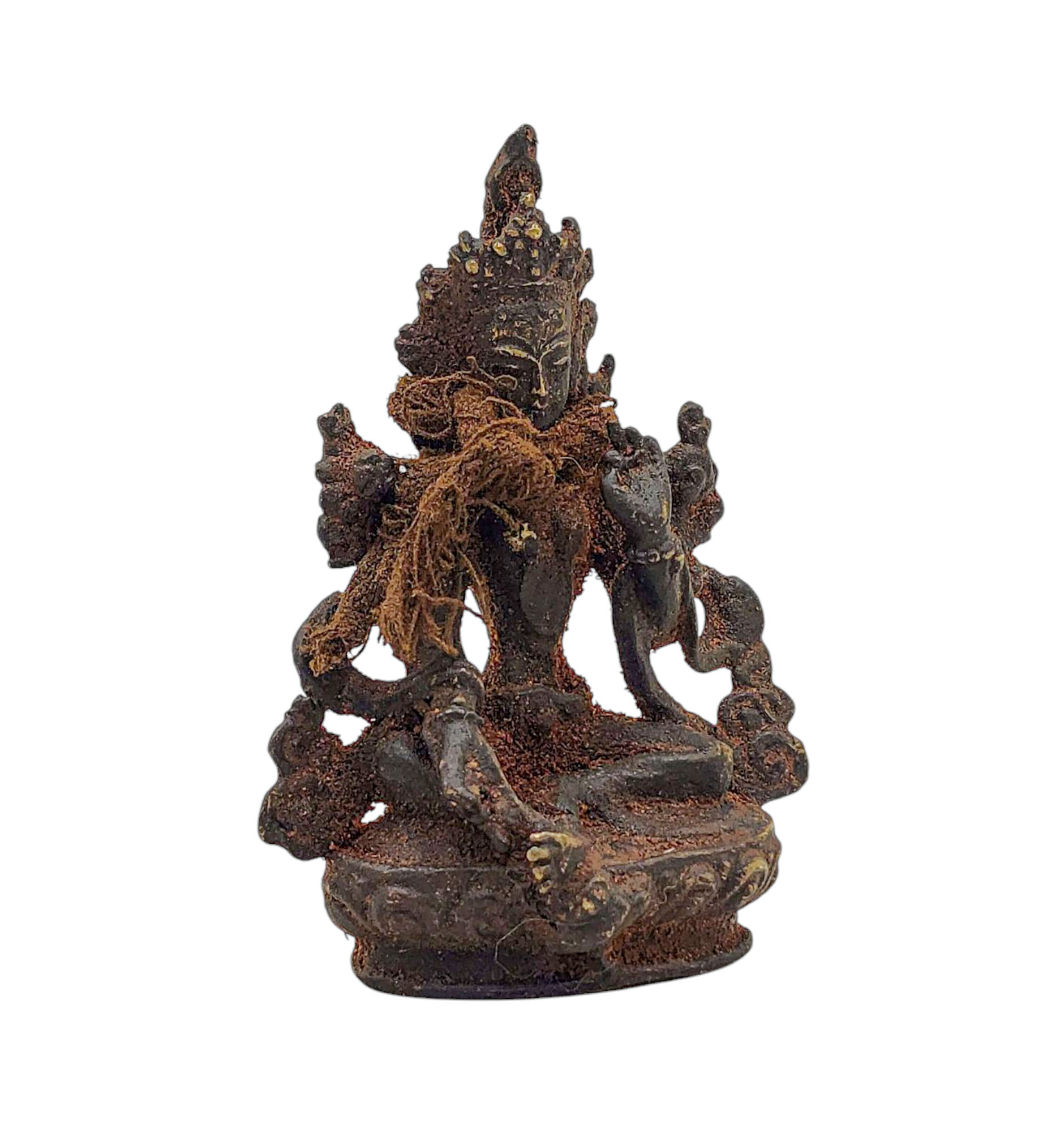 Green Tara, Buddhist Miniature Statue,
Green Tara, Buddhist Miniature Statue, 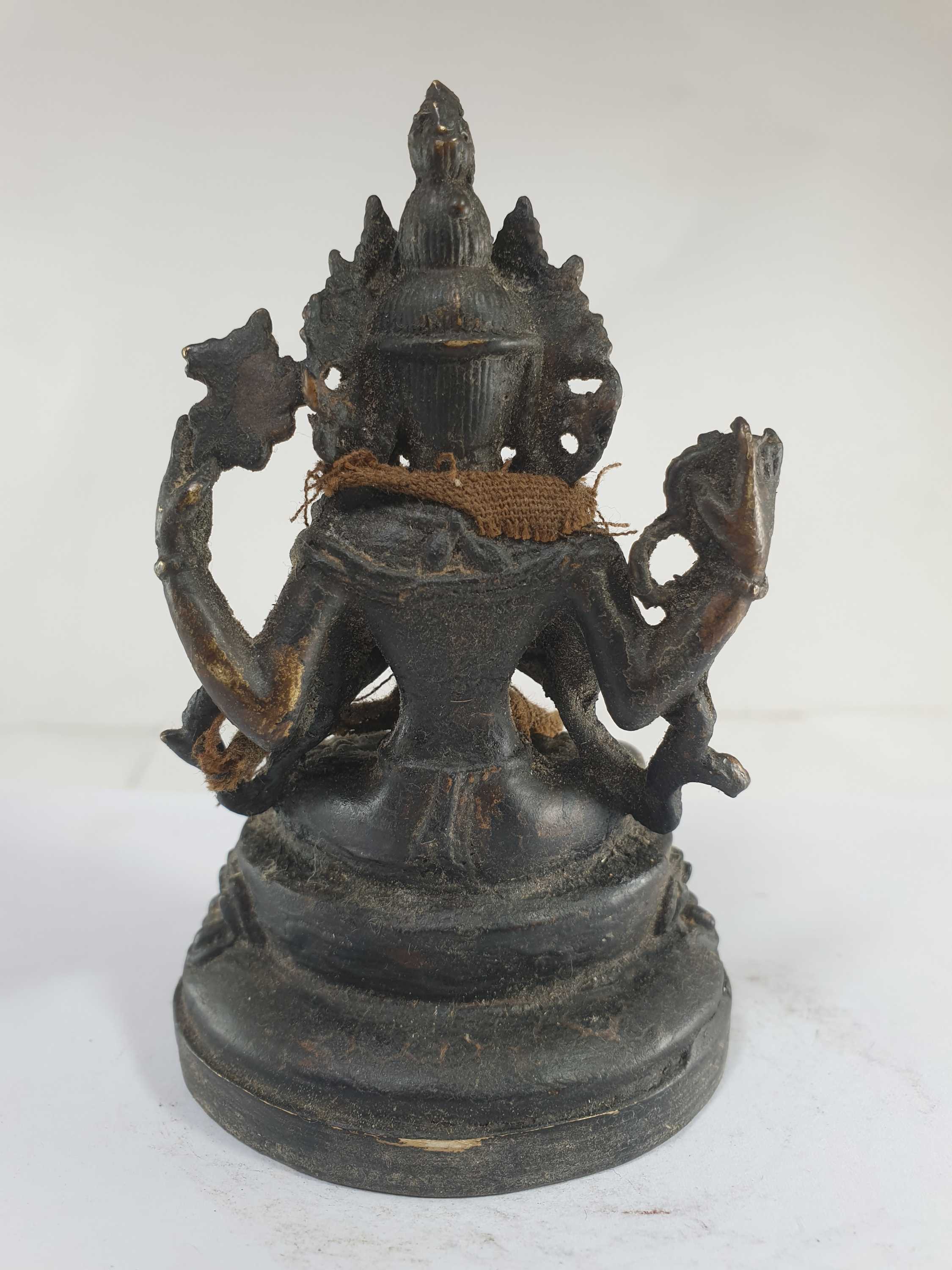 of Chenrezig,
of Chenrezig, 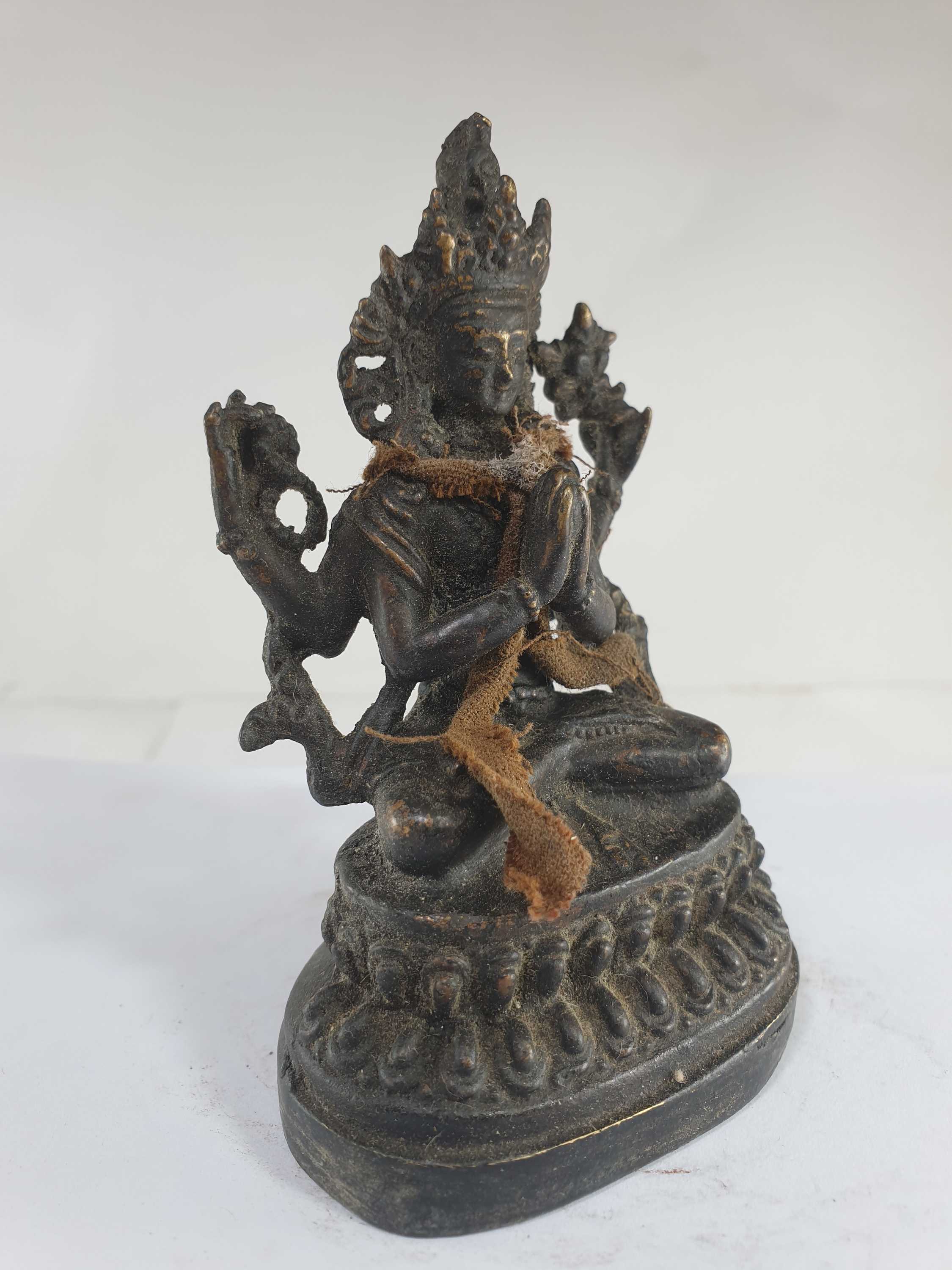 of Chenrezig,
of Chenrezig, 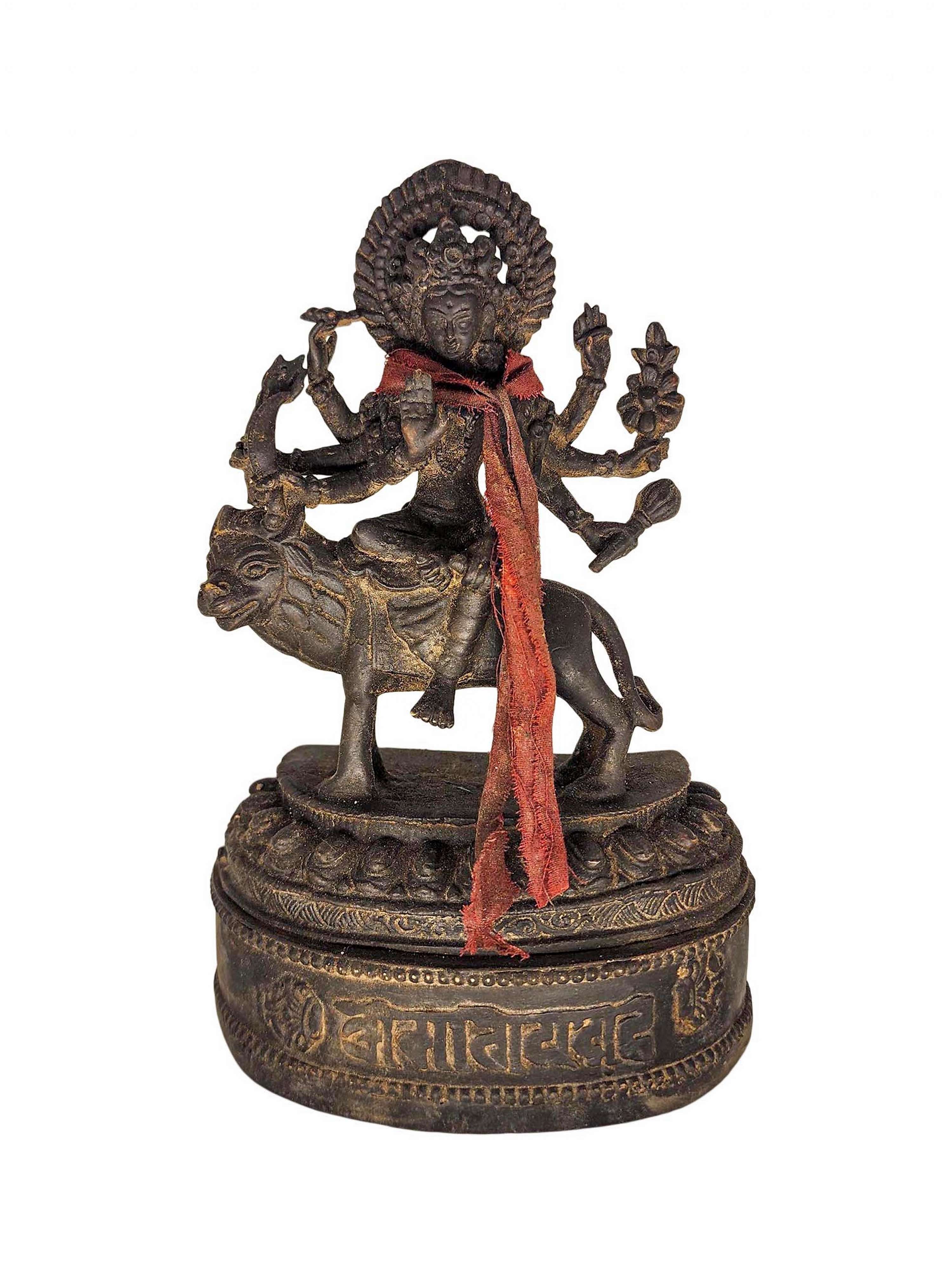 Durga, Buddhist Statue,
Durga, Buddhist Statue, 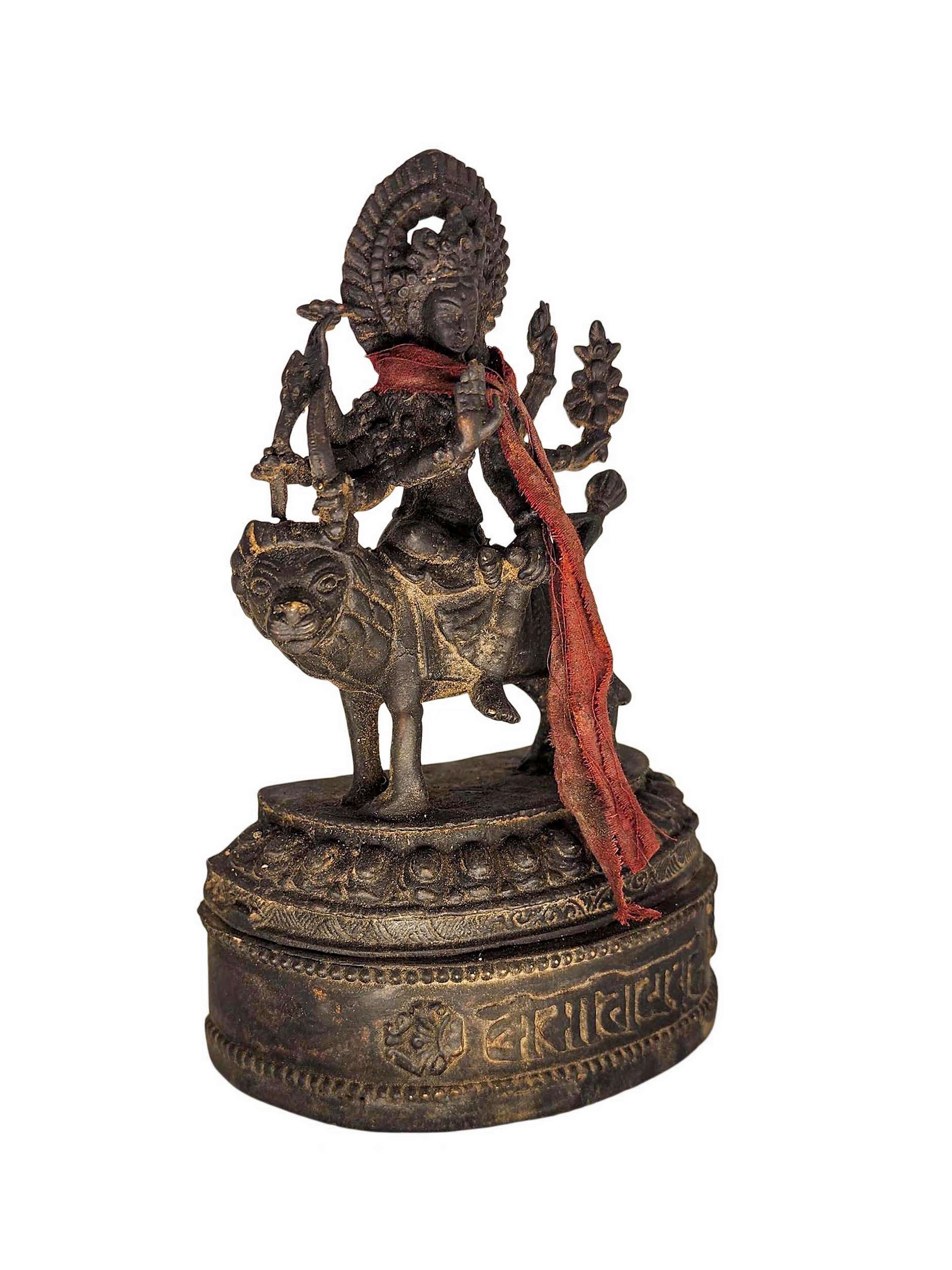 Durga, Buddhist Statue,
Durga, Buddhist Statue, 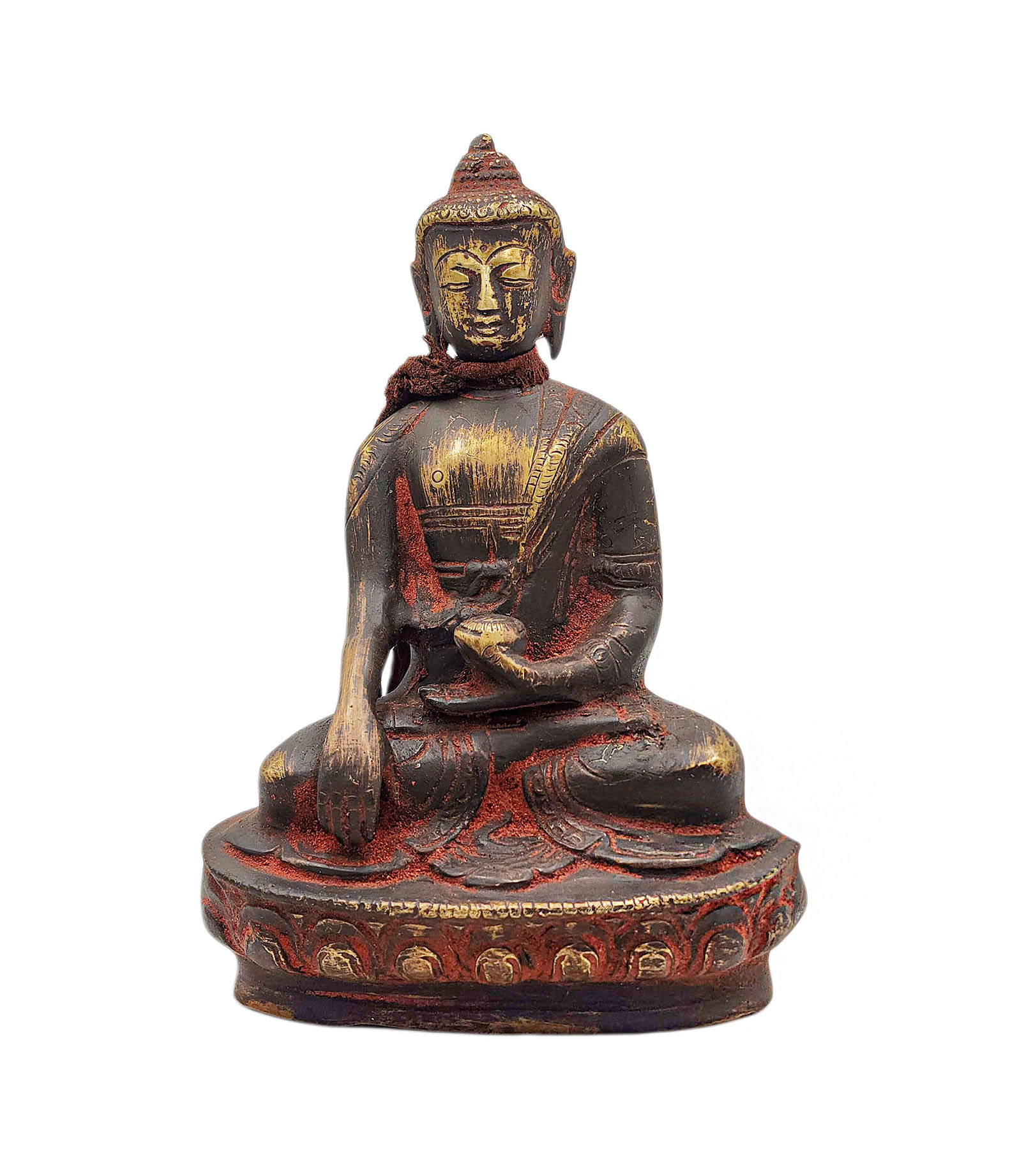 Shakyamuni Buddha, Buddhist Miniature Statue,
Shakyamuni Buddha, Buddhist Miniature Statue, 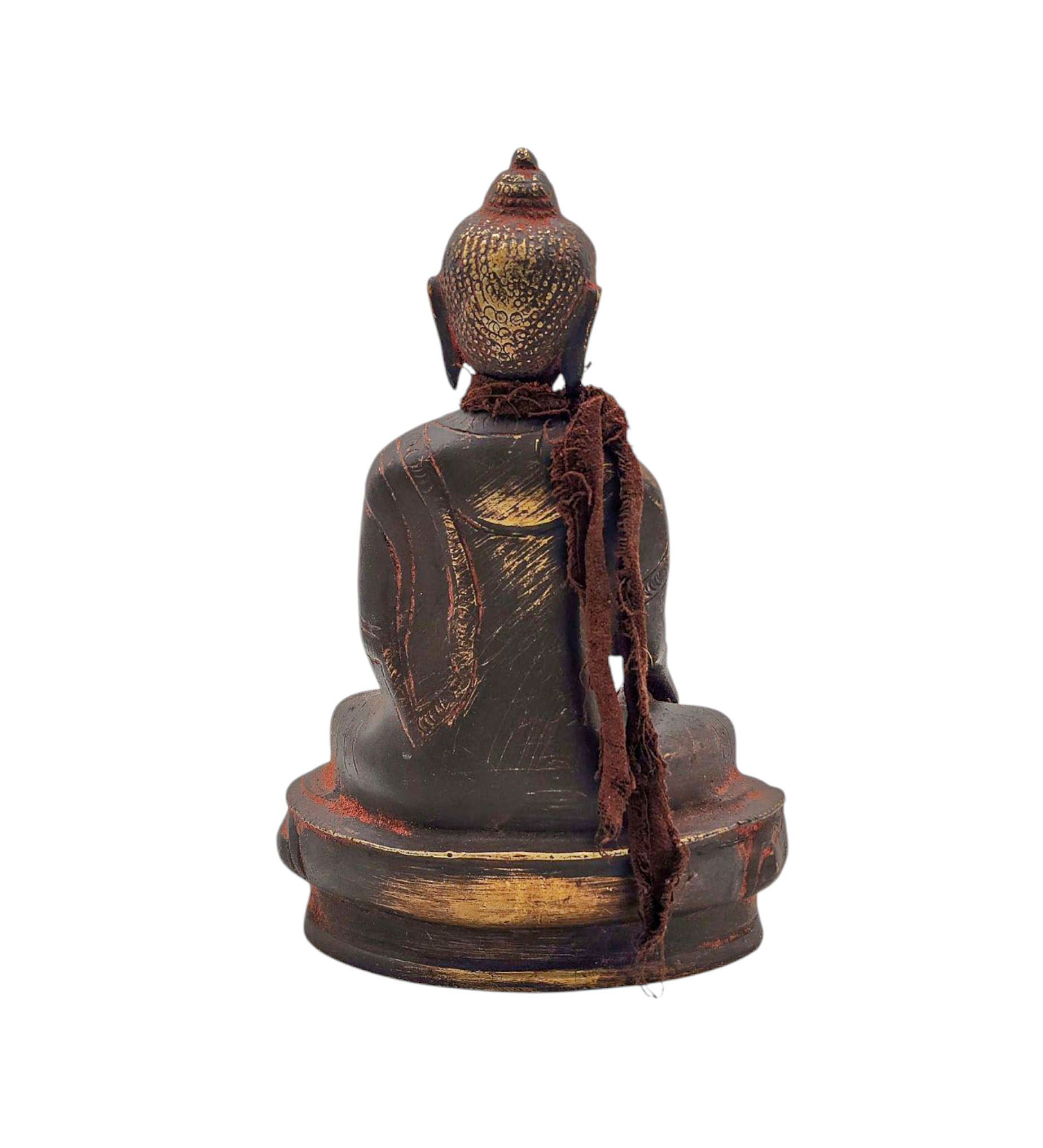 Shakyamuni Buddha, Buddhist Miniature Statue,
Shakyamuni Buddha, Buddhist Miniature Statue, 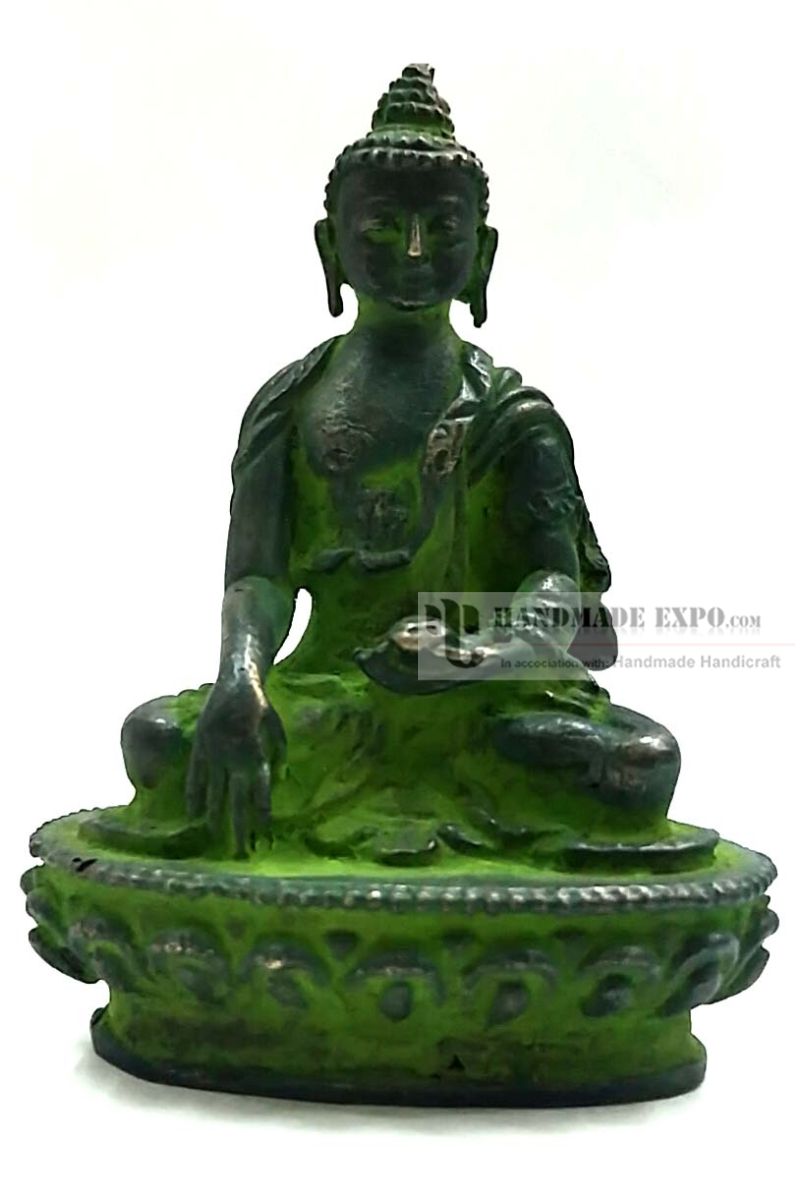
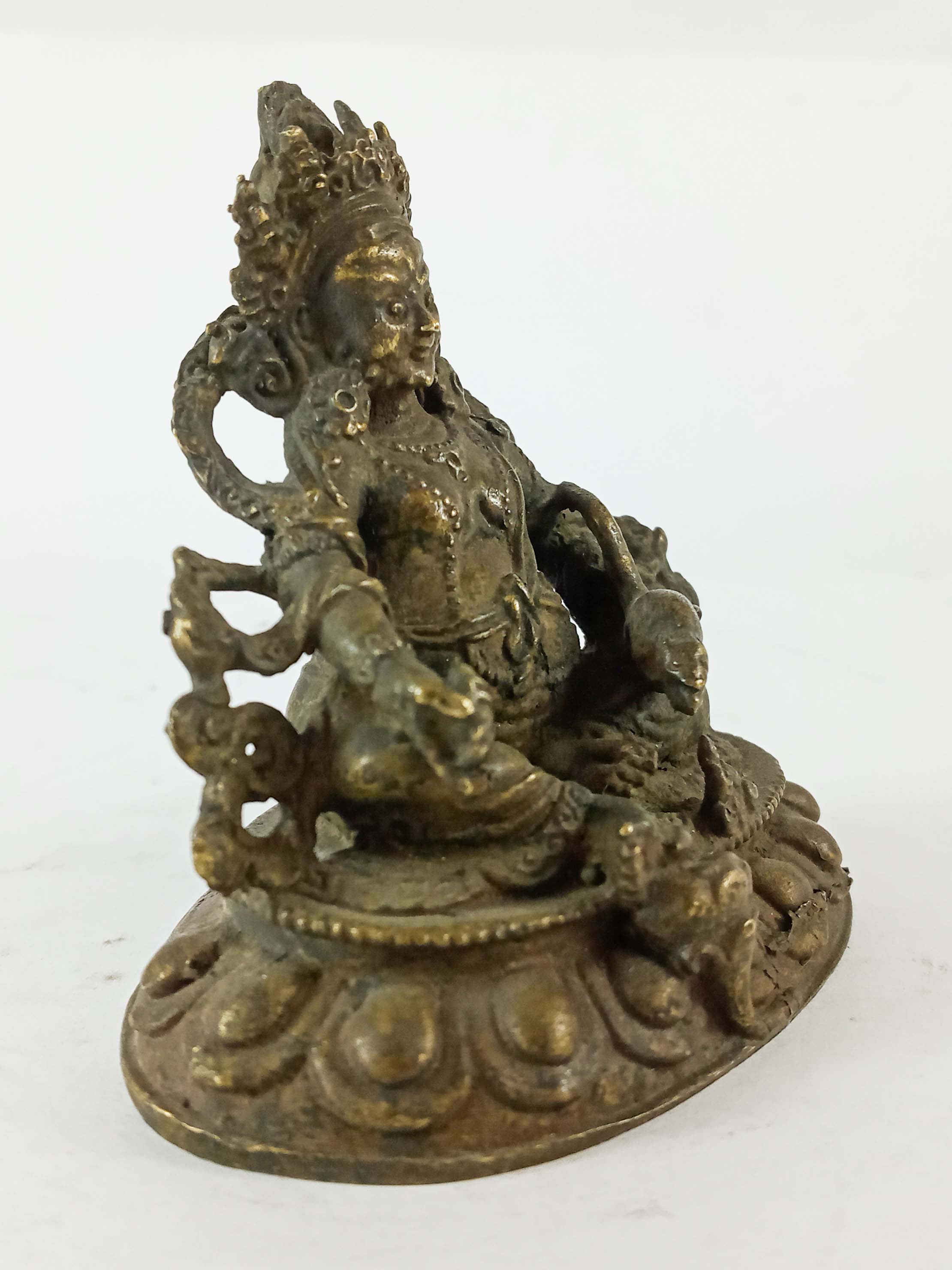 of Yellow Jambhala,
of Yellow Jambhala, 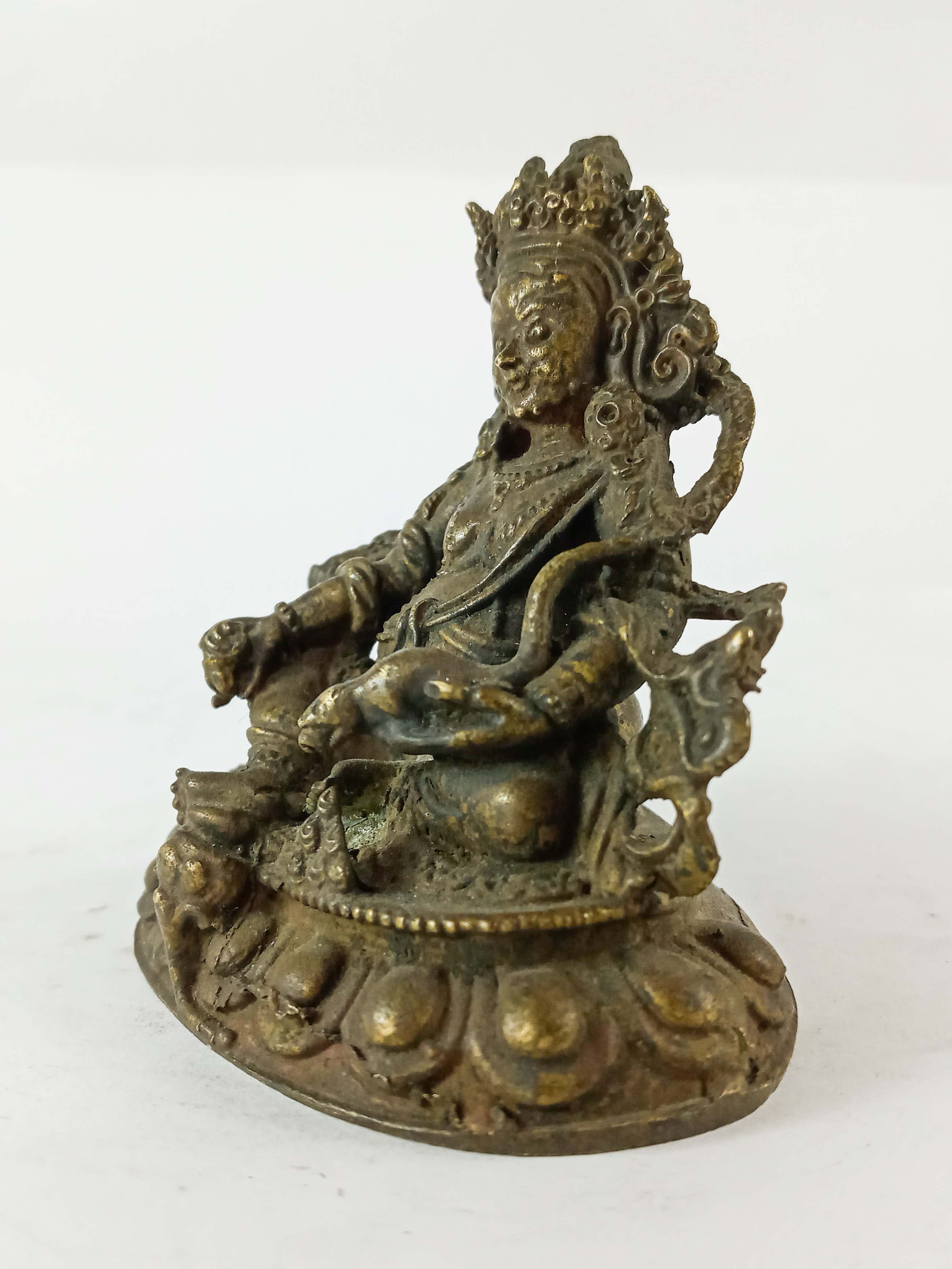 of Yellow Jambhala,
of Yellow Jambhala,